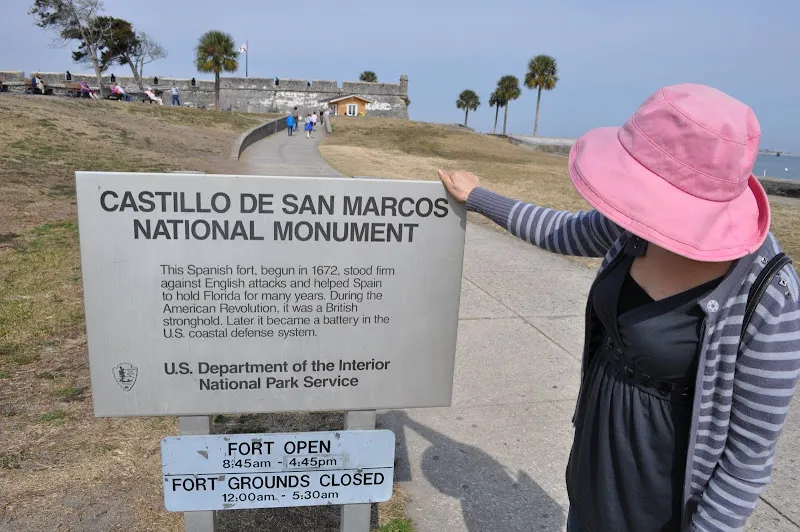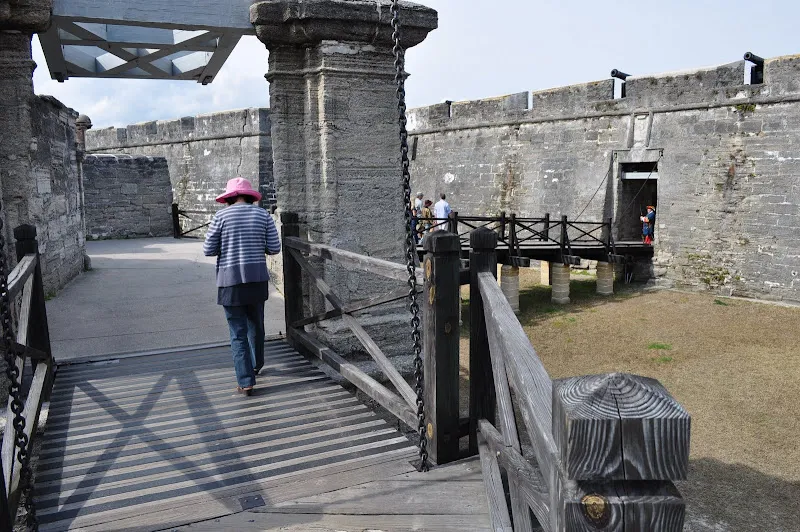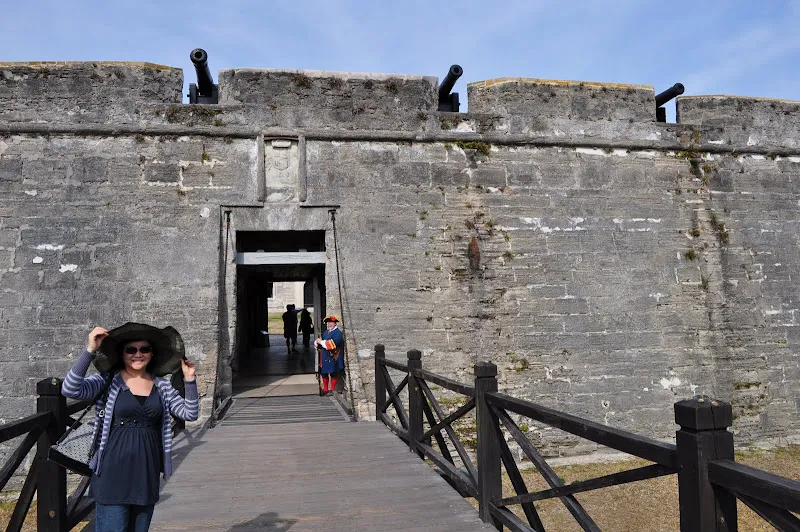Florida, a beautiful coastal state in the United States, is renowned not only for its expansive beaches and vibrant theme parks but also for preserving deep historical imprints from the Spanish colonial era. These sites are not merely ancient architectural structures but living witnesses to a turbulent historical period when Spain first set foot and explored this land. Join “Du lịch khắp thế gian” (Travel the Globe) to explore these unique historical sites, where the past and present intertwine, offering visitors exceptional travel and cultural experiences.
Spanish Imprints on Florida
From the 16th century onwards, the Spanish set foot in Florida, transforming it into a crucial part of their vast colonial empire in the Americas. For over three centuries, Florida was profoundly influenced by Spanish culture, architecture, and politics. These influences persist to this day, manifested in the historical sites that visitors can explore and admire.
Castillo de San Marcos: America’s Oldest Stone Fort
Castillo de San Marcos, located in the city of St. Augustine, is one of the most significant and famous historical sites in Florida. It is the oldest masonry fort in the United States, constructed by the Spanish in the late 17th century to protect St. Augustine, the capital of Spanish Florida, from hostile forces, particularly the British.

The fort is built from coquina, a soft limestone composed of fossilized shells and coral. This material has the ability to absorb the impact of cannonballs, helping the fort withstand numerous attacks throughout history. With its distinctive star-shaped architecture, Castillo de San Marcos is not only a robust military structure but also a symbol of the resilience and defensive capabilities of the Spanish.
Visitors to Castillo de San Marcos can explore the soldiers’ quarters, armories, and the gun deck, which offers panoramic views of St. Augustine and the Atlantic coast. Historical reenactments and guided tours help visitors better understand the lives of Spanish soldiers and the fort’s crucial role in protecting Spanish Florida.
St. Augustine: America’s Oldest City
St. Augustine is not only home to Castillo de San Marcos but is also the oldest continuously inhabited city in the United States, founded by the Spanish in 1565. This city is a treasure trove of historical sites from the Spanish colonial period, providing visitors with deep insights into the life and culture of the people of that era.

Walking along the cobblestone streets of St. Augustine, visitors will feel transported to another world, where time seems to stand still. The ancient buildings with distinctive Spanish architecture, verdant squares, and historic churches create a captivating historical ambiance.
Some notable attractions in St. Augustine include:
- Mission Nombre de Dios: The site of the first Catholic mission in the United States.
- Flagler College: A historic building that was once a luxury hotel, built in the Spanish Renaissance architectural style.
- Lightner Museum: A museum displaying diverse collections of art and antiques, housed in another historic building in the city.
The Influence of the Gulf Stream
Florida’s strategic location stems not only from controlling important sea routes but also from the influence of the Gulf Stream current. This ocean current flows along the Florida coast, facilitating the movement of ships from Spanish colonies in the Caribbean and Latin America back to Europe.

Thanks to the Gulf Stream, the transportation of goods and resources from the colonies back to Spain became faster and more efficient. This transformed Florida into a crucial transit point where ships could resupply food, water, and undergo repairs before continuing their long voyages across the Atlantic.
Protecting the “Treasure Fleet” from Pirates
The wealth of the Spanish colonies in the Americas attracted the attention of pirates, who constantly lurked to attack and plunder ships laden with gold, silver, jewels, and other valuable goods. To protect these fleets, known as the “treasure fleet,” Spain built forts and established naval patrols along the Florida coast.

Castillo de San Marcos played a pivotal role in protecting the “treasure fleet” from pirate attacks. The fort was equipped with numerous large cannons, capable of long-range and accurate fire, helping to prevent pirate ships from approaching Spanish cargo vessels. Additionally, the fort served as a safe haven for ships in case of storms or attacks.
Spanish Cultural Heritage in Florida Cuisine
The Spanish influence is not only evident in historical sites and architecture but also deeply ingrained in Florida’s cuisine. Many of the state’s signature dishes have Spanish origins or are influenced by Spanish gastronomy.

Some famous dishes of Spanish origin or influence in Florida include:
- Paella: A mixed rice dish with seafood, chicken, and vegetables, originating from Valencia, Spain.
- Cuban sandwich: A grilled sandwich with ham, Swiss cheese, pickles, and mustard, believed to have originated in Cuba but influenced by Spanish cuisine.
- Croquetas: Crispy fried rolls made from chicken, ham, or cod, originating from Spain.
Conclusion
The Spanish colonial historical sites in Florida are not only fascinating tourist attractions but also windows into the past, helping us better understand the history and culture of this region. From the robust Castillo de San Marcos to the ancient city of St. Augustine, from the influence of the Gulf Stream to the distinctive cuisine, all are testaments to the cultural fusion between Spain and Florida. Come and explore these sites to experience a vibrant part of American history.